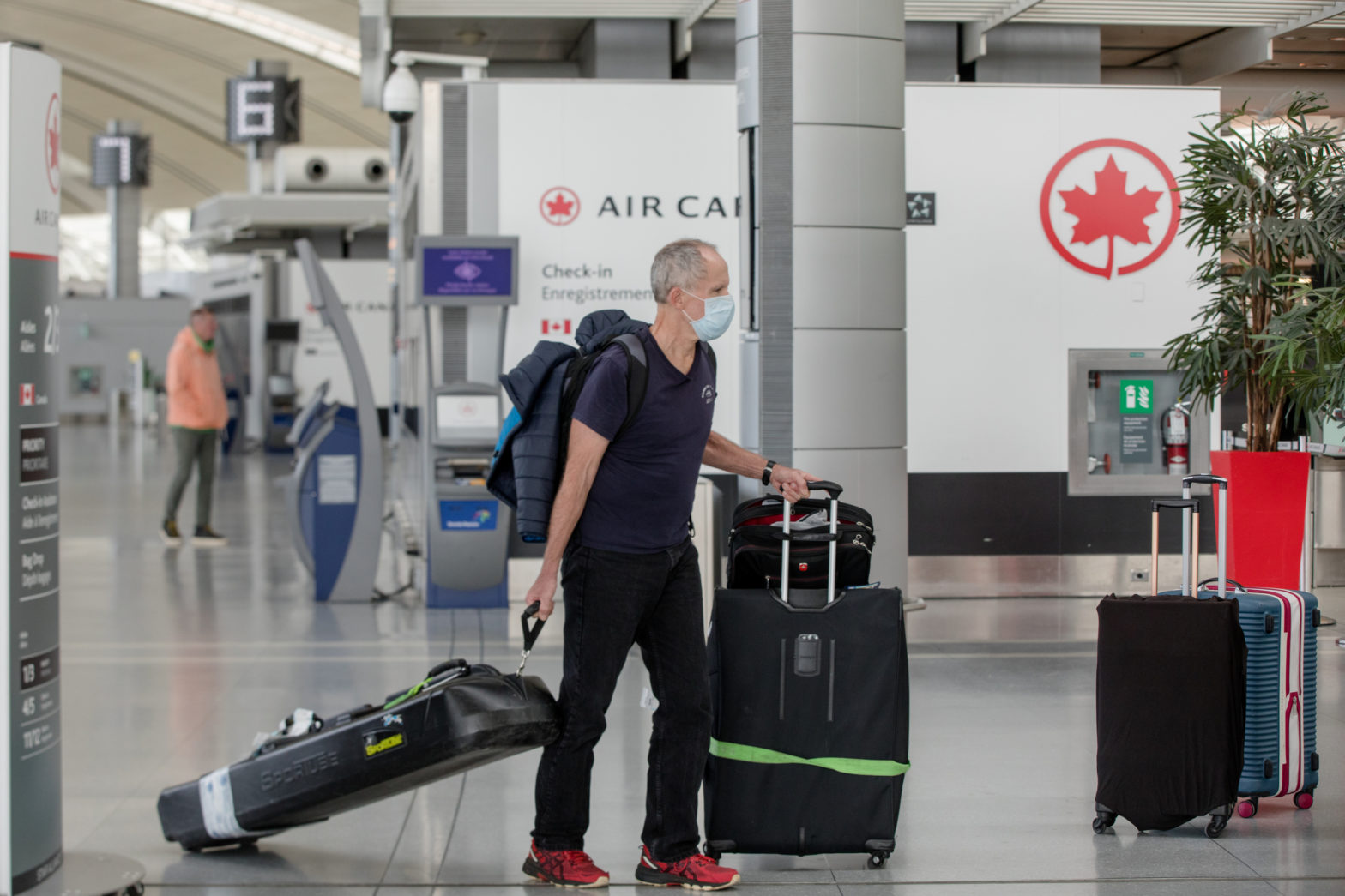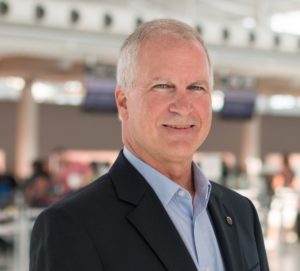
Photo: Shawn Goldberg | Dreamstime.com
Toronto’s airport management system to ease passenger anxiety
15 December 2022
by Jonathan Andrews
It’s fair to say that airports in the northern hemisphere did not have one of their best summers. The warmer months marked the first major travelling period since Covid restrictions were eased. Yet, as the world reopened, travellers faced numerous delays and cancellations predominantly caused by staff shortages but also by unpredictable passenger travel patterns.
Pierre Lanthier, Director IT Strategy & Innovation at Toronto Pearson Airport, says it was a summer to forget. His airport was ranked by CNN Travel as the worst airport in the world for delays but he is optimistic that through a mix of collaboration and new technologies, the airport is well on the way to turning that around.
Much of the groundwork has already been laid. Prior to the pandemic, Canada’s main hub launched a new Customer Data Management system (CDM) as a data-sharing platform for all stakeholders at the airport.

“Now out of Covid we’re seeing where all the different agencies and airlines are having staffing issues,” he explains. “In the past, we never would have had visibility to those.”
The new management system has brought increased collaboration from those agencies, airlines, ground handlers, and others, and is helping Lanthier predict issues before they “become issues”.
And the pandemic drove collaboration among Canada’s three largest airports; Toronto, Montreal and Calgary. Now, all share strategic plans, IT strategies and roadmaps, and work closely on a select number of projects. In August, a joint tender with all three airports was issued for Common Use services and equipment which resulted in the contract being awarded to SITA, an IT provider for the air transport industry.
“We’ve deployed their common solution across all those airports,” he says. “It has meant huge savings in cost and better efficiency. I’ve basically tripled my capacity, or my capability, within the same timeframe without any further investment on my part. As long as we talk and we share the results.”
For Lanthier, the next big digital frontier is to offer real time information to passengers on what they can expect at the airport. Most airports provide some basic information around wait times at security through their website but do not provide the passenger with a holistic view.
Over the summer, Toronto Pearson, combed through all its data collection points. From check in, bag drop, security, pre-clearance for customs to customs and immigration in arrivals and expected baggage delivery times. Now, the airport has the ability to provide passengers with exact expectations.
“Passengers know now what to expect, so it takes the anxiety level down,” says Lanthier.
The next step is to work with his data science team, including AI and ML (machine learning), to look at applying models to predict what a passenger is likely to experience on a certain day and time.
“If you’re flying from Toronto to Vancouver next week, at a certain point in time, you can give a few parameters and we will actually spell out what your anticipated wait time is going to be so that you can then start planning your journey to the airport appropriately,” he explains.
Toronto Pearson’s IT director reveals his long-term focus is to change the mindset on airport innovation. Not surprisingly the industry is very risk averse, as safety is the number one concern.
“Airports don’t like to try things,” he explains. “We’re really trying to shift the culture, particularly in the digital space around trying, failing, learning and doing so quickly. It is something that’s going to help us drive speed to market and innovation over the future.”








